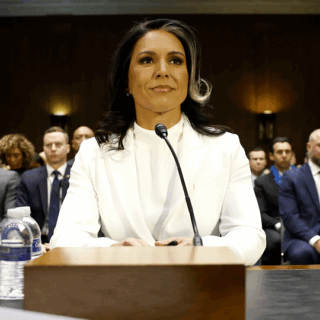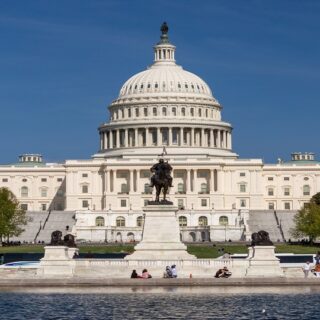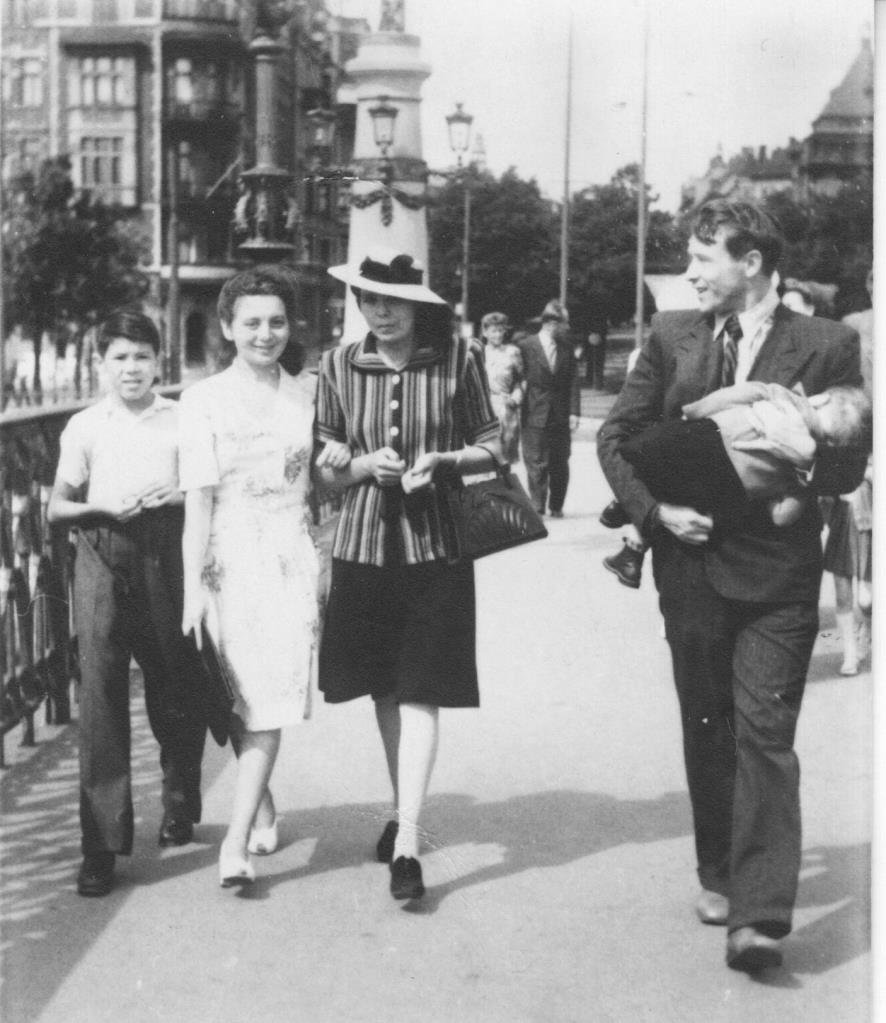
It is generally accepted that the first Soviet citizens to undergo internships at Columbia University were the future architect of perestroika, Gorbachev’s closest (after his wife) adviser, Alexander Yakovlev, Oleg Kalugin, who later became a KGB general, and two others whose names have sunk into oblivion.
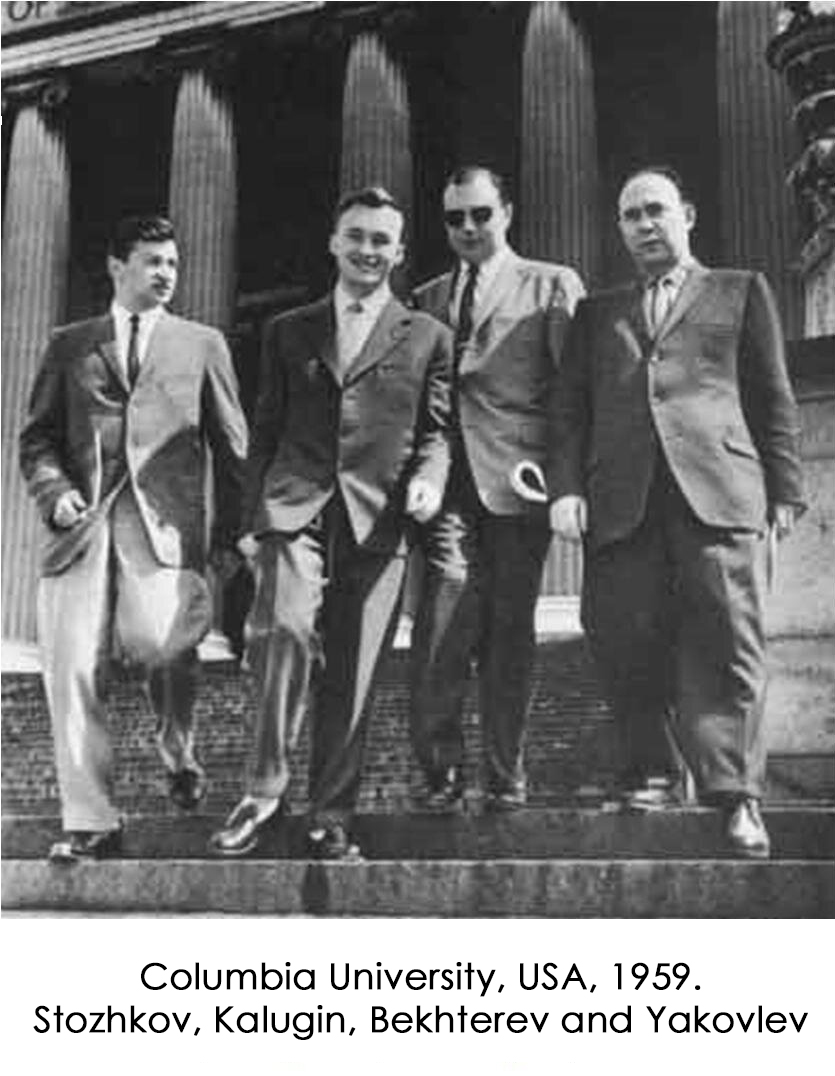
As part of the thawing of relations between the USSR and the USA that followed Stalin’s death, these four were engaged in scientific research in 1958-59 at the famous American university, where Yakovlev’s academic supervisor was the author of the concept of political pluralism. He was a prominent anti-communist political scientist, and namesake of the 33rd President of the United States of America, David Truman.
However, while collecting materials for the book “With Great-Grandfather in the Russo-Japanese War” (which was almost entirely made possible by the World Wide Web, from where I got 95% of the information I needed), I could not find any information how my great aunt Elena Alekseevna Kondakova, ended up in New York in the summer of 1943.
She was the granddaughter of Afanasy Ilarionovich Reshetnikov, my great-grandfather, who died in that war. In New York, she did an internship for several months at that very Columbia University, which I had overheard about in my early childhood.
Lyalya – that’s what everyone called her – passed away early, at the age of 46. The Moscow Institute of Foreign Languages, where she studied during the WWII and where I turned in the hope of learning at least something about her overseas assignment, could not help in any way.
And then, the other day, diving headlong into the ocean of the Internet, I caught a note that was published on June 4, 1943, by the newspaper “Examiner” printed in the Australian city of Launceston (state of Tasmania).
In the publication “Russian Students in New York” it said:
“Fifteen Russian students from the first group of its kind sent to America from the Soviet Union to study abroad are now studying at Columbia University in New York.
After an eight-month internship, during which they will become familiar with American office practices, they will receive assignments from the Russian Counsel General.
The group consists of eight men and seven women. Some will return to Russia, while others will stay and continue their internship. The women will most likely receive assignments at the Soviet embassy in Washington or at consulates in other cities.
All are taking special courses in American history, government, literature, economic geography, English, shorthand, and typing. And all have completed at least two years of college before coming to the United States.
Columbia faculty describe the Russian students as “energetic, enthusiastic, iand unusually bright.” In turn, students speak of Americans as “pleasant and sociable.”
Looking ahead, I will say: after an internship overseas, Lyalya received an appointment to work at the USSR embassy in Stockholm.
In July 1946, my father was sent to England to work as a London correspondent for TASS. Our entire family went there by sea from Leningrad. On the way, our ship “Beloostrov” stopped in the Stockholm port for two and a half days.
There we were accommodated in the same “Clara Larson” hotel, where V. I. Lenin stayed in the spring of 1917.
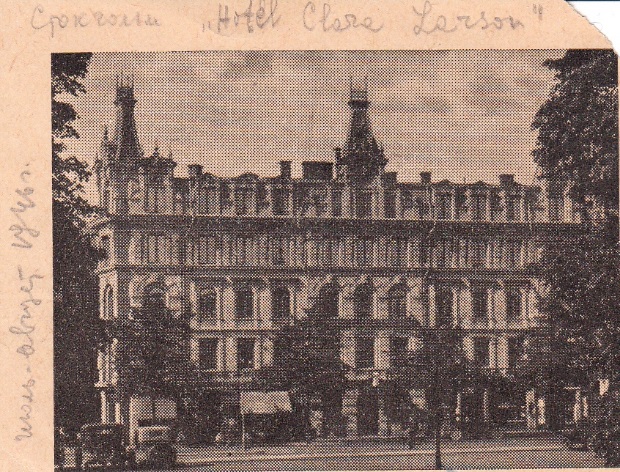
In the Swedish capital we were met and welcomed by Lyalya, who gave us a tour of the city.

“Dad was very lucky – in America, he met our future mother Zina Osipova, who came to Columbia University with a group of 10 girls to study the American office work system and English shorthand,” Alexander Semenovich’s eldest daughter, Natalia Feklisova-Asatur, noted in one of her interviews.
So Zinaida Vasilyevna Osipova and my aunt were interns at Columbia University together! And then I remembered another photo of Lyalya taken in New York. In it, she is depicted with another girl of ours and an employee of either a hotel or a dance hall who taught them how to dance on roller skates.
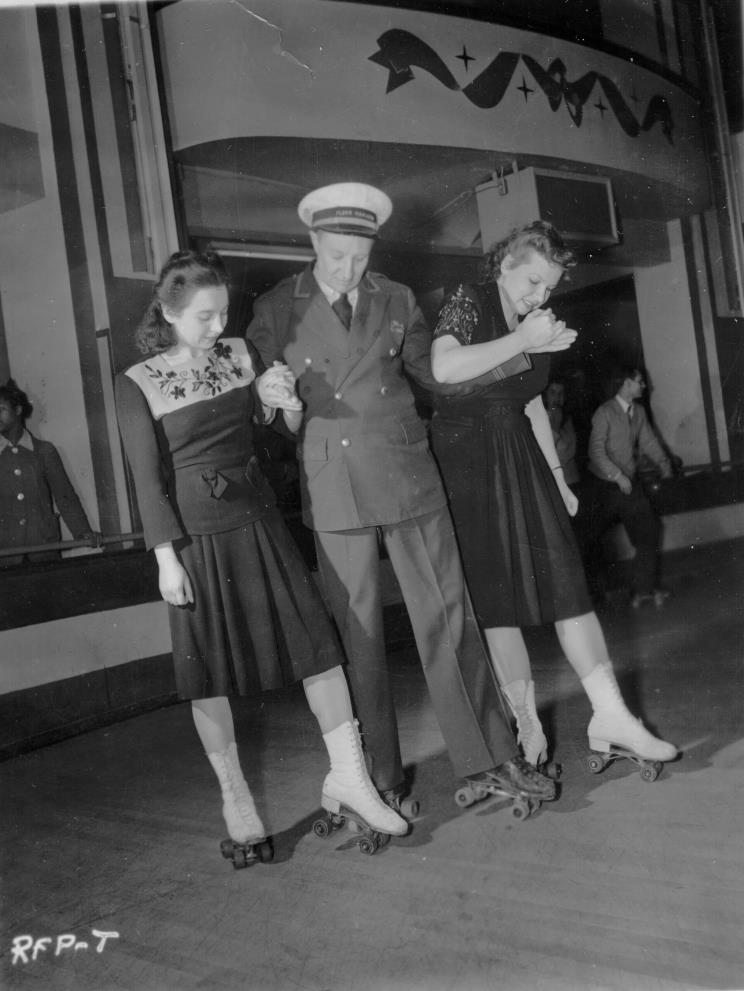
Having compared this photo with the pictures of Zinaida Vasilievna stored on the Internet, I had good reason to believe that she was photographed 80 years ago with my great aunt.



